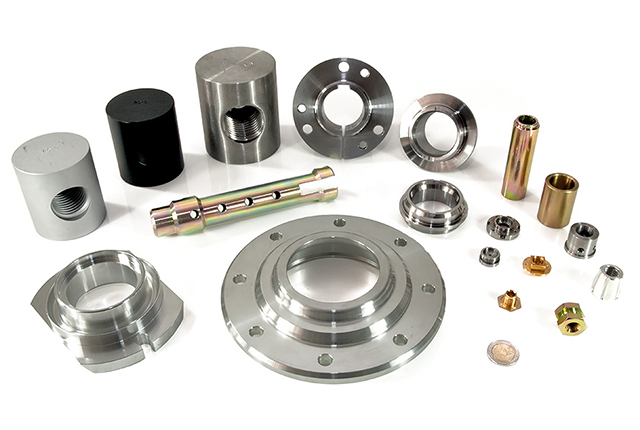
Metal materials are the basis of machining. In order to get the products that meet your needs, you need to choose different metals according to the characteristics of the metal. Due to its structural properties, it can play a role in different applications. For example, cast iron is widely used in large-scale engineering projects due to its high wear resistance and low cost. Stainless steel is used for various processing processes due to its high corrosion resistance and high rigidity, and so on. The following article will introduce the common metal materials and their processing techniques.
The presence of graphite in cast iron gives cast iron products excellent wear resistance. Rust generally only appears on the outermost layer, so it is usually polished. Even so, there are still measures to prevent rust during the casting process. That is, a layer of asphalt coating is applied on the surface of the casting, and the asphalt penetrates into the pores of the surface of the cast iron, thereby preventing rust. The traditional process of producing sand casting materials is now used by many designers in other new and interesting areas.
Features: excellent fluidity, low cost, good wear resistance, low solidification shrinkage, very brittle, high compressive strength, good machinability.
Typical uses: Cast iron has been used for hundreds of years in applications such as construction, bridges, engineering components, home, and kitchen appliances.
Stainless steel is an alloy made by incorporating chromium, nickel and other metal elements into the steel. Its non-rusting property is derived from the chromium component of the alloy. The chromium forms a firm, self-healing chromium oxide film on the surface of the alloy. Stainless steel is divided into four main types: austenite, ferrite, ferrite-austenite (composite), martensite. The stainless steel used in household products is basically austenite.
Material characteristics: health care, anti-corrosion, fine surface treatment, high rigidity, can be formed by various processing techniques, and difficult to carry out cold processing.
Typical uses: Austenitic stainless steel is mainly used in household products, industrial pipes and building structures; martensitic stainless steel is mainly used to make tools and turbine blades; ferritic stainless steel is corrosion-resistant, mainly used in durable washing machines and In boiler parts; composite stainless steel is more resistant to corrosion and is often used in aggressive environments.
Zinc is the third most widely used non-ferrous metal after aluminum and copper. And it has a very low melting point, so it is also an ideal casting material. It also has a very high degree of corrosion resistance, which gives it another basic function, namely the surface coating material for steel.
Material characteristics: health care, anti-corrosion, excellent castability, excellent corrosion resistance, high strength, high hardness, low cost of raw materials, low melting point, creep resistance, easy to form alloy with other metals, health care, at room temperature Fragile, ductile at around 100 degrees Celsius.
Typical use: electronic components. Zinc is one of the alloying materials that form bronze. Zinc is also hygienic and resistant to corrosion. In addition, zinc is also used in roofing materials, photo engraving discs, mobile phone antennas, and shutter devices in cameras.